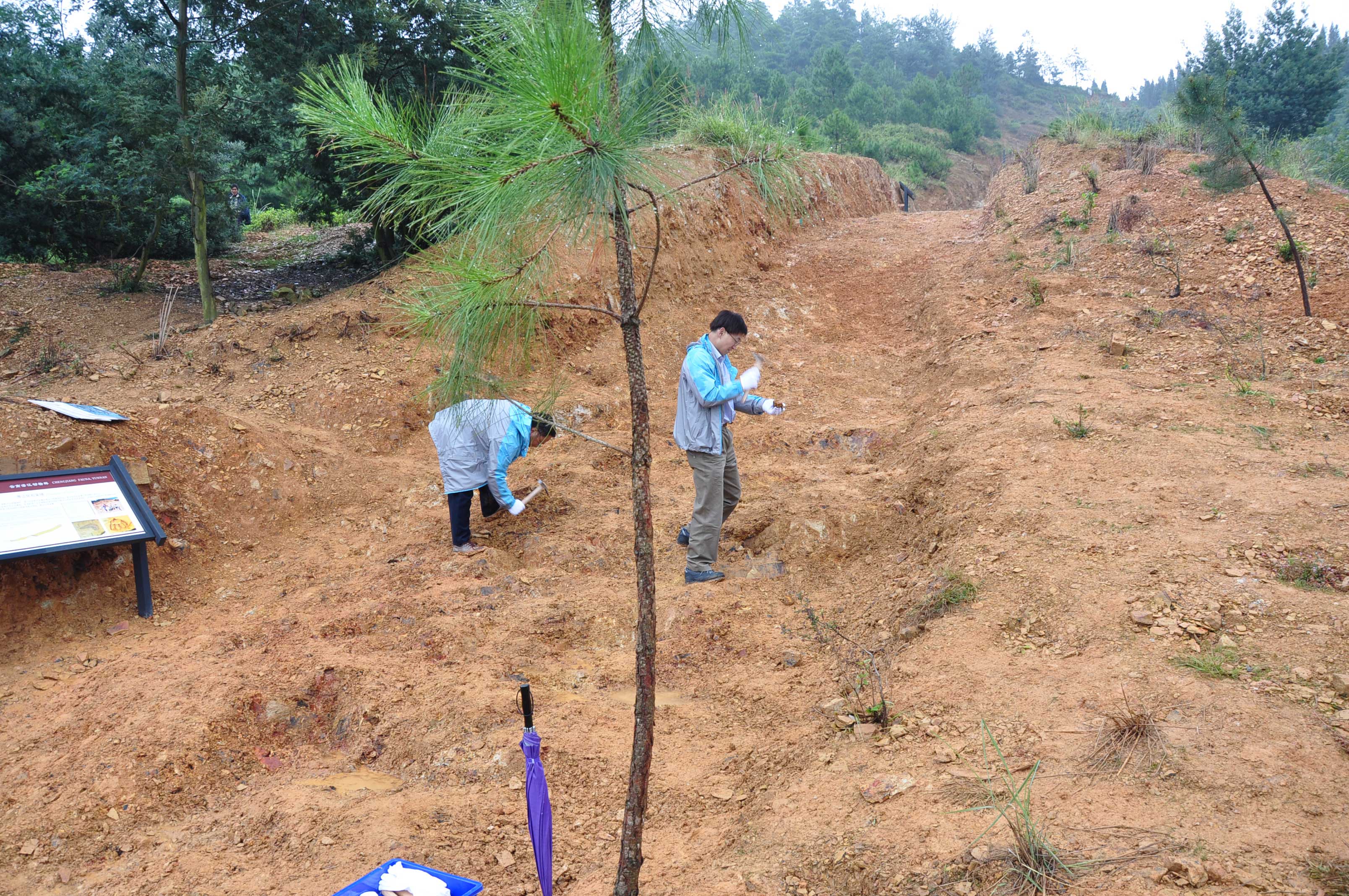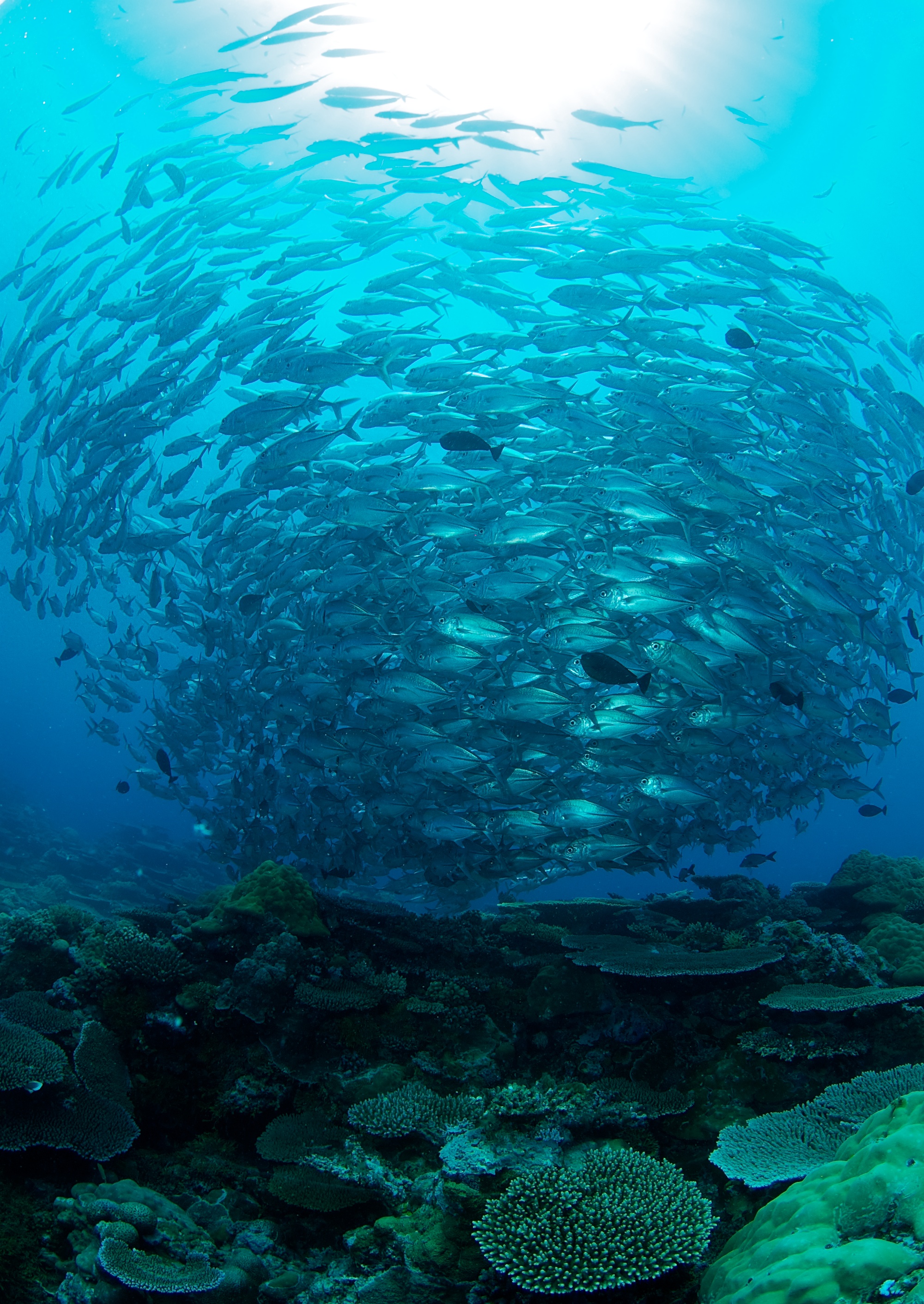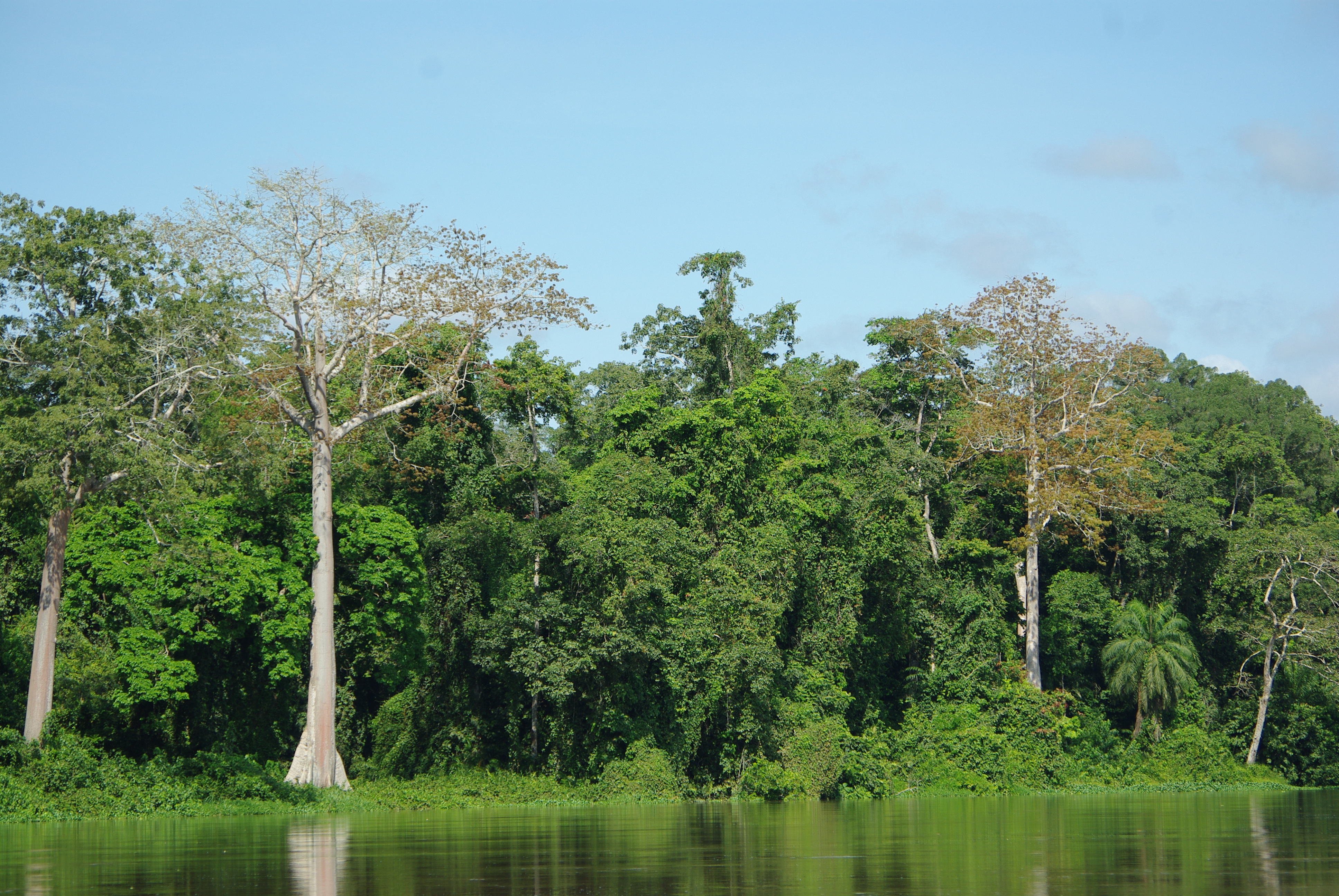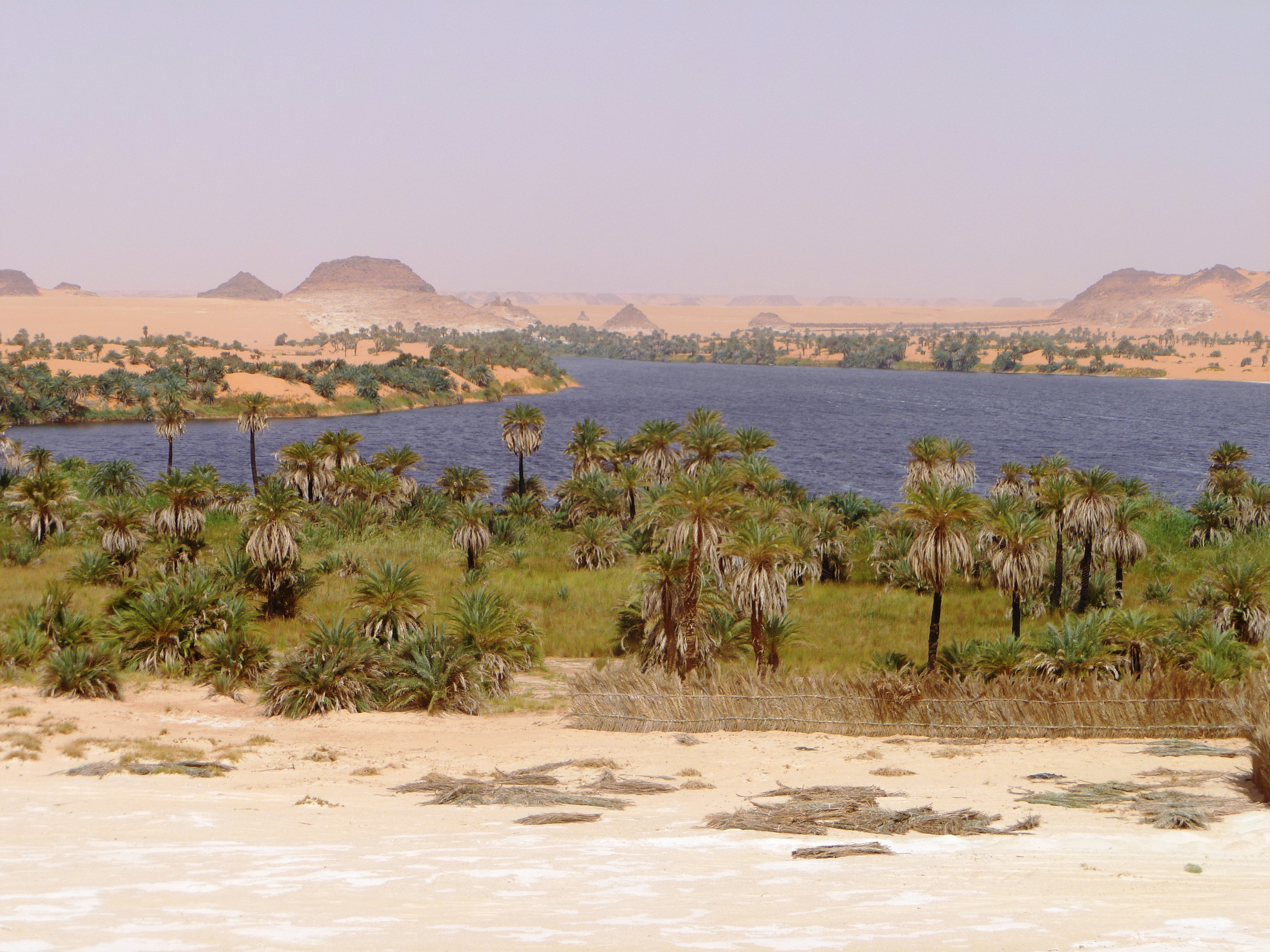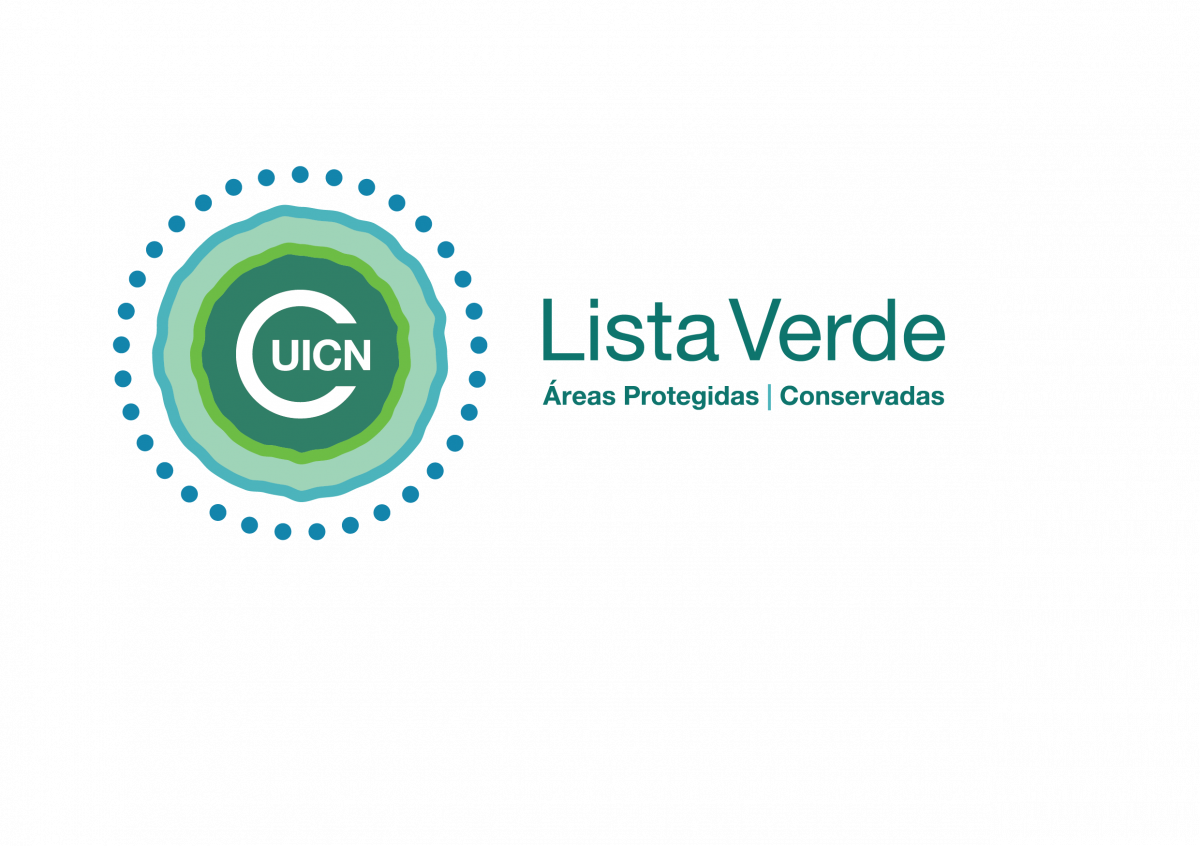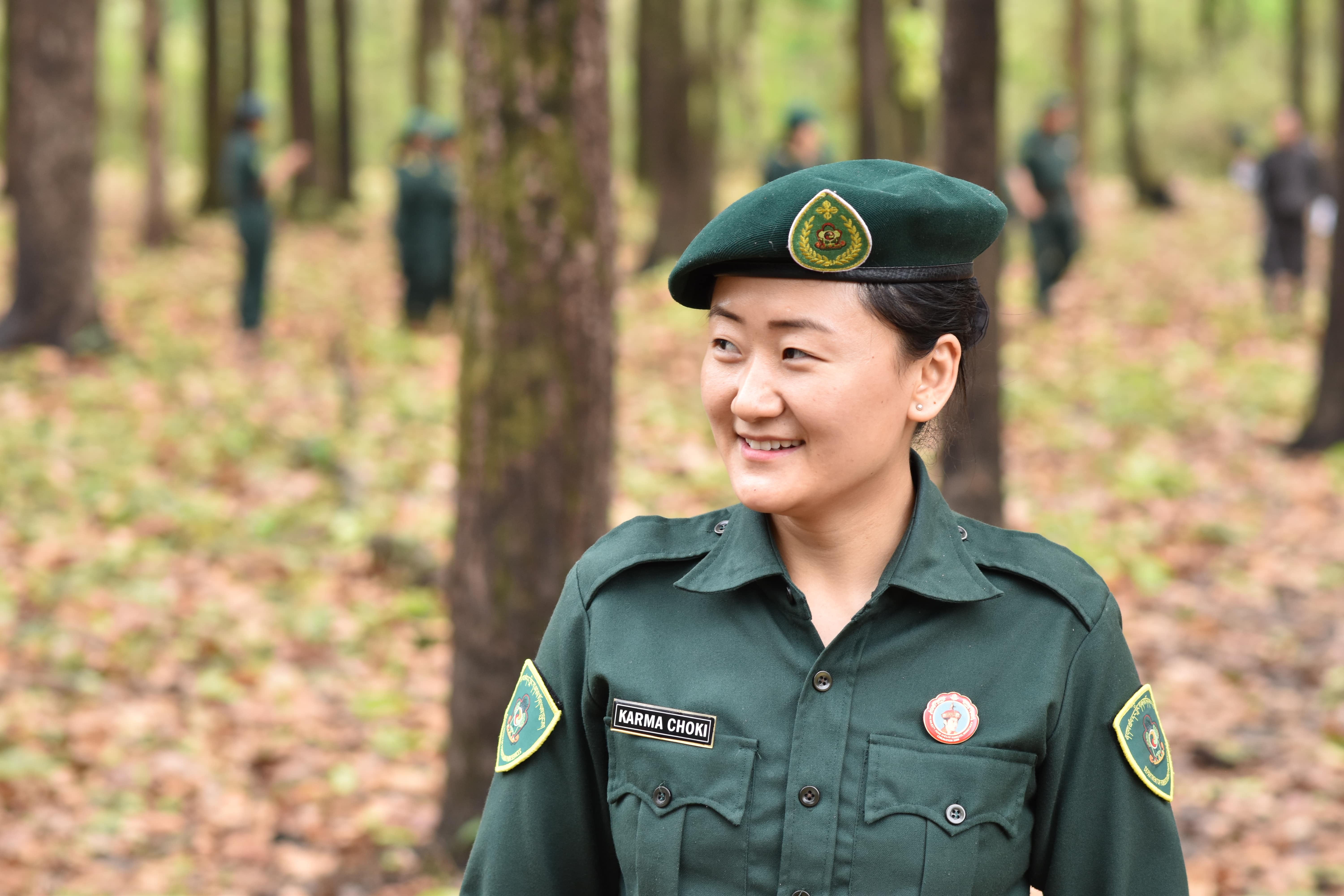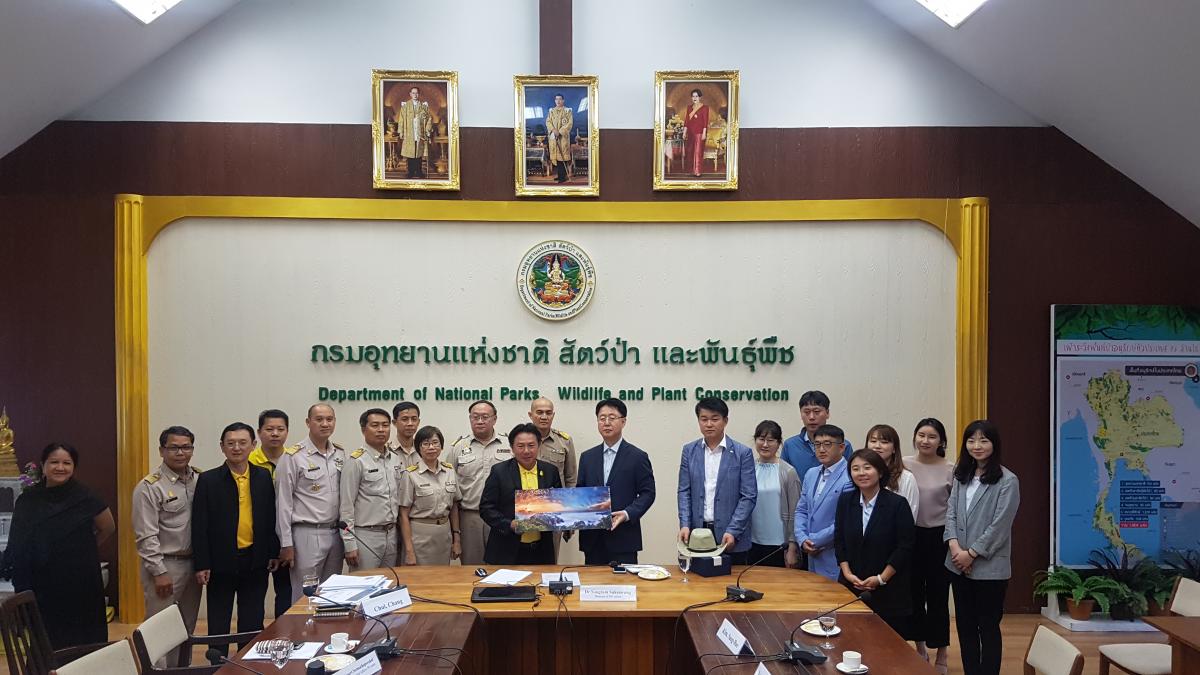IUCN recommends four natural wonders to become World Heritage Sites
Outstanding natural and cultural areas to be added to UNESCO’s World Heritage List will be announced at the World Heritage Committee meeting in St Petersburg, Russian Federation from 24 June until 6 July 2012. A total of 36 cultural and natural sites will be considered for inscription this year. This year also marks the 40th anniversary of the World Heritage Convention.
The International Union for Conservation of Nature (IUCN), the official World Heritage advisory body on nature, is recommending four outstanding natural places to be added to the prestigious list. Sangha Trinational - shared between Cameroon, the Central African Republic and the Republic of Congo, Lakes of Ounianga in Chad, Chengjiang fossil site in China and Rock Islands Southern Lagoon in Palau are all up for inscription. The World Heritage Committee will make a decision on these recommendations at the end of June. Currently 211 sites are listed as natural World Heritage.
At the Committee meeting, IUCN will also be reporting on monitoring missions it conducted to 13 World Heritage Sites in 2011 and 2012. IUCN will recommend Pitons Management Area in Saint Lucia, Virgin Komi Forests in Russia, Dja Faunal Reserve in Cameroon and Lake Turkana in Kenya to be inscribed on the List of World Heritage Sites in Danger because of significant threats to their Outstanding Universal Value. In addition, reports will be made on 56 other iconic sites, including on the issues facing Galapagos Islands, Great Barrier Reef and Serengeti.
Ahead of the Committee meeting IUCN calls for more action on conserving world’s natural heritage. “This year we celebrate 40 years of preserving the world’s most outstanding places, which constitute our shared heritage,” says IUCN’s Director General Julia Marton-Lefèvre. “This also means a shared responsibility to maintain their values, take good care of them and respond immediately to the critical threats some of these iconic areas are facing.”
“Despite the huge potential of World Heritage sites, threats to these globally important places are growing each year, “ says Tim Badman, Director of IUCN’s World Heritage Programme. “This is a reality that we need to change if we are to keep the gold standard of World Heritage listings.”
IUCN also expresses concern over increased mining and oil and gas exploration within World Heritage Sites. “Mining activities are causing irreversible damage to the world’s most important natural areas,” says Mariam Ali, World Heritage Conservation Officer.
“Oil exploration plans in Virunga National Park are a threat to the rich biodiversity of the area, including the endangered mountain gorillas, and will have a negative impact on the people who depend on the park for their livelihoods.”
For more information or to schedule interviews please contact:
Borjana Pervan, IUCN Media Relations, m +41 79 857 4072, e borjana.pervan@iucn.org
